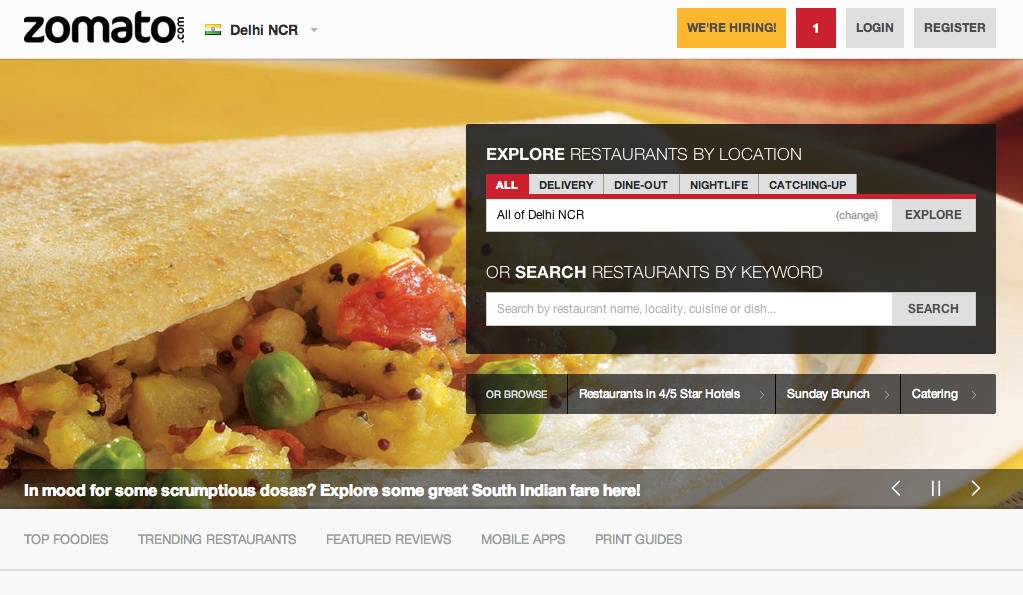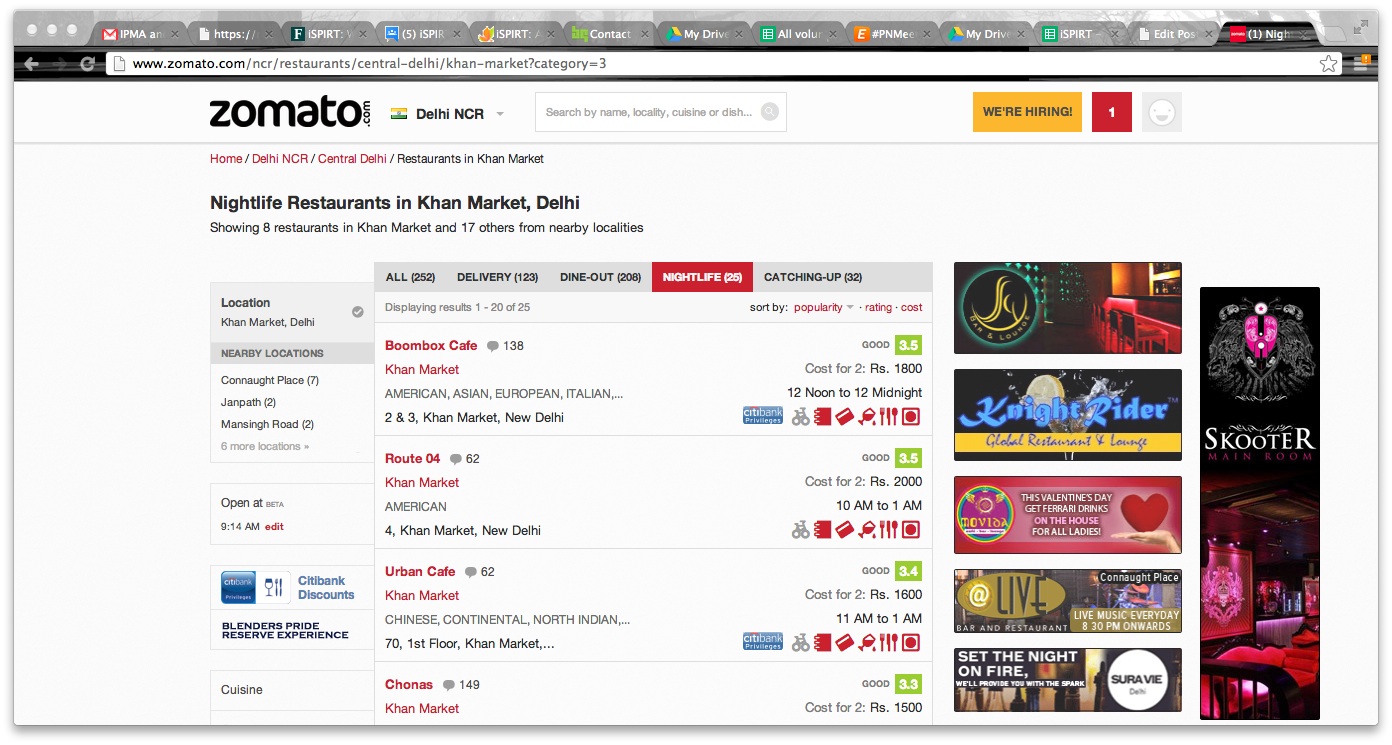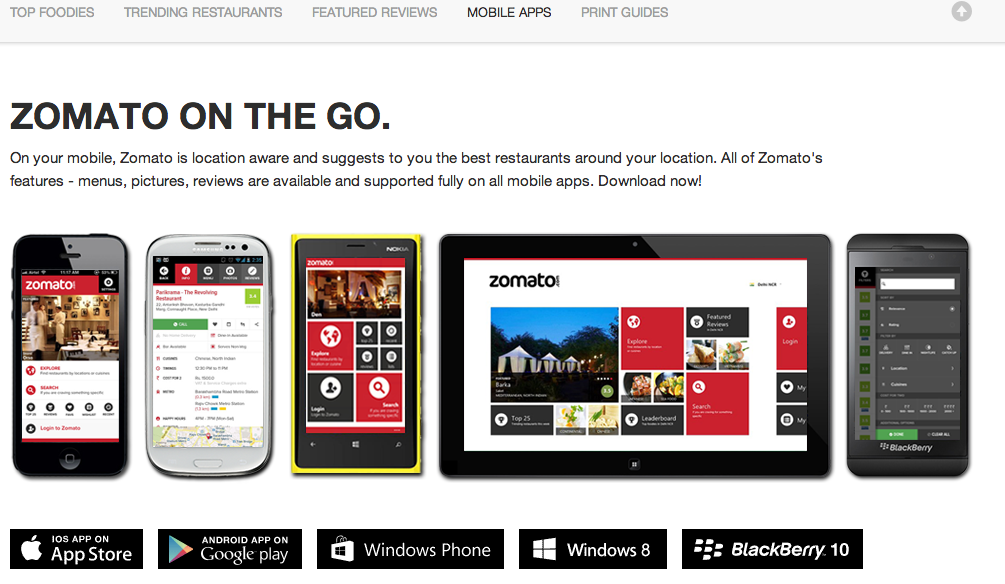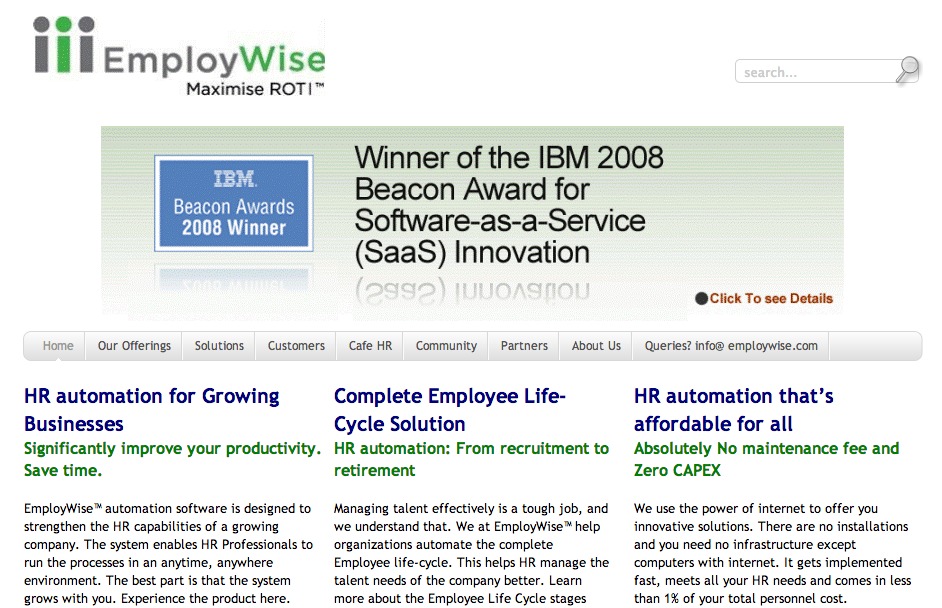It’s quite a matter of pride for the Dabbawalas of Mumbai to be counted right up there in the performance toppers chart. With efficiency metrics that any manager would die for, I got the urge to look at another parallel hallmark which has been able to achieve customer delight in a quintessentially Indian way – thriving on chaos yet with a quiet air of dependability.
There would hardly be a person who has not noticed ads of the Yellow Tire Company. It’s those innocuous looking yellow rings hanging on a tree promising help to the stranded motorist with a flat tyre! I may be forgiven for calling them the YT Company but that’s only because they have taken customer service to levels which most companies strive to beat. They’re omnipresent and so willing to help we’ve almost taken them for granted. I like to think of those yellow rings as smiley faces, always available to pump a little joy into your tyres, no matter what the time. The symbol of this promise of ‘odd-hours’ service is their mobile number painted in bold colors, saying “don’t hesitate to call me”!
Support is always one of those thorny bushes that grows in all directions and becomes difficult for a Startup to tame. We’ve often seen support teams either bending backwards to please, or being so stiff they earn themselves an agitated customer. With the predisposition to meet SLAs and ill-designed performance indices, there’s little inclination to think of preventive actions. So the quest for support excellence is sacrificed at the altar of daily efficiency.
Even when a Startup is relentlessly driving towards product launch and go to market strategies, its not too hard to get started with smart strategies that insure high levels of customer satisfaction. In our company we introduced ticketing systems, support policies and standard operating procedures even before we had our 10th customer. Yet, customers (and our support team) kept preferring email and phone conversations to quickly resolve issues. To top this, the customers who got used to phone and email support were the most reluctant to adopt systems when we introduced them.
Here are a few observations from our journey may be of some use in yours:
- Introduce the primary support conversation tool as a part of your product, not as an afterthought.
- Cajole, convince, convert users to a support platform and monitor it regularly. Once a week is good for a startup founder to make it stay the course.
- Lead by example – your team will treat customers as well as they see you doing. This is perhaps more effective then ‘telling’ them do’s and don’ts.
- You have your fair share of early adopters whom you’ve personally given support at some time. Convince them that they’d get better and more consistent support if they use the Helpdesk instead of calling you. I can promise you this works!
- Create pre-cooked solutions that address common problems. Smart cooks keep the ingredients ready and are better prepared to meet their diner’s expectations.
- Don’t just pre-cook – actively encourage consumption by guiding users actively to seek out the solutions knowledge base. You can do this by including random guide tips in your Helpdesk email footers with a link to the knowledge base, linking it prominently from your website, your application menu and so on.
- Integrate customer guidebooks into the product so they have help at hand when they need it the most.
- Solicit customer feedback through periodic surveys. Customers want to feel their opinions are valued and will forgive a lot of mistakes if we just listen. And when listening, its good to take their suggestions as constructive criticism. It’s free advice, and valuable.
- And lastly, coming back to the Yellow Tire Company strategy… tell them they can get after hours support for any super-critical problem. They’ll love you for it and the effort to deliver this is far less than the value of the accolades that follow. If you’re in B2B like us, remember that your customer’s business ops depend on your software and 10pm is no excuse to not talk to them.
You’ll grow eventually into a larger team, provide 24×7 support and have managers in every function to analyze and improve. Customers are and always remain your most valuable asset and for a Startup the leverage on this asset is even greater. Give them the Yellow Tire treatment and they’ll watch out for you!
What have been your experiences in staffing your customer support as a startup ? Would love to hear about your challenges and victories.

























